Straw ash-glazed Tatsuta River tea bowl by Kosai Miyagawa
Straw ash-glazed Tatsuta River tea bowl by Kosai Miyagawa
Couldn't load pickup availability
Height: 7.5cm Width: 12.5cm
"Straw Ash Glazed Tatsuta River Tea Bowl by Miyagawa Kosai" is a tea bowl depicting autumn foliage and flowing water, a seasonal feature of autumn, and is one of the representative designs that reflect the four seasons in Japan. Tatsuta River has been known as a famous spot for viewing autumn leaves since ancient times, and was also featured in poems by Heian period poets Ariwara no Narihira and Noin Hoshi. This tea bowl beautifully expresses the beauty of the autumn leaves and flowing water of Tatsuta River, and the straw ash glaze unique to the Miyagawa Kosai family enhances their splendor. The soft, slightly bluish glaze applied to the surface of the tea bowl adds further depth to the design of the autumn leaves and flowing water, richly embodying the aesthetics of the tea ceremony.
Tatsuta River and Autumn Foliage - A Famous Spot Inspired by Ancient Poetry
Tatsuta River is a beautiful river that flows through Nara Prefecture and has long been known as a famous spot for viewing autumn leaves. The Heian period poet Ariwara no Narihira wrote a poem entitled "Chihayaburu Kamiyo mo kikazu Tatsuta River Karakurenai ni Mizukuru toha" ("Thousands of leaves, even in the age of the gods, do not fall on the surface of the river, but the river is dyed red with autumn leaves falling on it"), which expresses the beauty of the river. As this poem indicates, Tatsuta River holds a special place in Japanese culture as a symbol of autumn, and autumn leaves have been widely used as an important motif to evoke seasonal feelings and emotions. The autumn leaves of Tatsuta River depicted on this tea bowl are a perfect representation of that poetic landscape. Red autumn leaves are scattered in a flowing water pattern, and are depicted as flowing on the indigo river surface. The contrast between the vivid red of the autumn leaves and the deep blue of the river visually evokes the change of seasons. This design is not only representative of the scenery of autumn, but is also widely used in the world of tea ceremony as a design that allows you to enjoy the seasonal feeling throughout the year.
Symbolism of autumn leaves and flowing water - reflecting the transition of autumn
In Japanese culture, autumn leaves are an important motif that symbolizes change and the changing of seasons. The flower language of maples includes the meanings of "cherished memories," "beautiful change," and "modesty," which can be said to express the transience and beauty of autumn leaves. The maple leaves depicted on the tea bowl evoke the beauty of nature and the transience of time and seasons. The flowing water motif is a symbolic element in tea utensils that expresses movement and flow. Flowing water suggests the transition of time and life, and conveys both the stillness and strength that resides within it. This tea bowl depicts autumn leaves scattering on the surface of the river and blending into the flowing water, conveying the connection between nature and humans and a deep sense of beauty through the changing of the seasons.
Straw Ash Glaze Technique - The Uniqueness of the Miyagawa Kosai Family
"Straw ash glaze" is a special glaze technique that has been passed down through generations of the Miyagawa Kosai family. This glaze has been carefully preserved by the head of the Makuzu ware family for many years, and symbolizes the characteristics of the Miyagawa family's pottery. The use of straw ash glaze gives the entire tea bowl a plump milky gloss, resulting in a unique texture that combines warmth and elegance. In particular, in this tea bowl, the straw ash glaze gives the surface of the bowl a mellow look, enhancing the design of the autumn leaves and running water. The color of this glaze changes subtly depending on the soil and firing conditions, and it shows various expressions such as a warm reddish color and a cool bluish-white color. This straw ash glaze with its diverse expressions brings a unique charm to Makuzu ware pieces, further highlighting their beauty as tea utensils.
The tradition of Makuzu ware - the history and techniques of the Miyagawa family
The beginning of Makuzu ware dates back to the Jokyo era (1684-1687) when Yukan Miyagawa Kobee Masakazu opened a kiln in Kyoto. Later, the fifth generation Miyagawa Chozo established a kiln in Makuzugahara (now Maruyama Park) and spread the name of Makuzu ware. Chozo inherited the techniques of Nonomura Ninsei and specialized in copying Ninsei's works. Among them, works using straw ash glaze were particularly highly acclaimed and became a representative technique of the Miyagawa family. The current seventh generation Miyagawa Kosai is creating new works that incorporate modern sensibilities while preserving the traditions of Makuzu ware. Through the production of sencha tea utensils and tea ceremony utensils, the Miyagawa family has made a great contribution to Japanese pottery culture throughout its long history. Makuzu ware is held in many museums and private collectors both in Japan and abroad, and its beauty and technique are highly regarded internationally. This work beautifully expresses the beauty of autumn leaves and flowing water, which are the seasonal features of autumn in Japan. The scenery of Ariwara no Narihira's poem, written on the autumn leaves of the Tatsuta River, comes to life vividly in the tea bowl, and the motif of autumn leaves and flowing water brings a sense of the season to the tea ceremony. The Miyagawa family's straw ash glaze technique gives the entire bowl warmth and elegance, and by using this tea bowl you can feel the spirit of the tea ceremony and the natural beauty of Japan. This tea bowl, which combines the long tradition of Makuzu ware with the outstanding skills of the Miyagawa Kosai family, embodies the depth and beauty of Japanese ceramic culture, and is a work that is highly acclaimed both at home and abroad.
Share
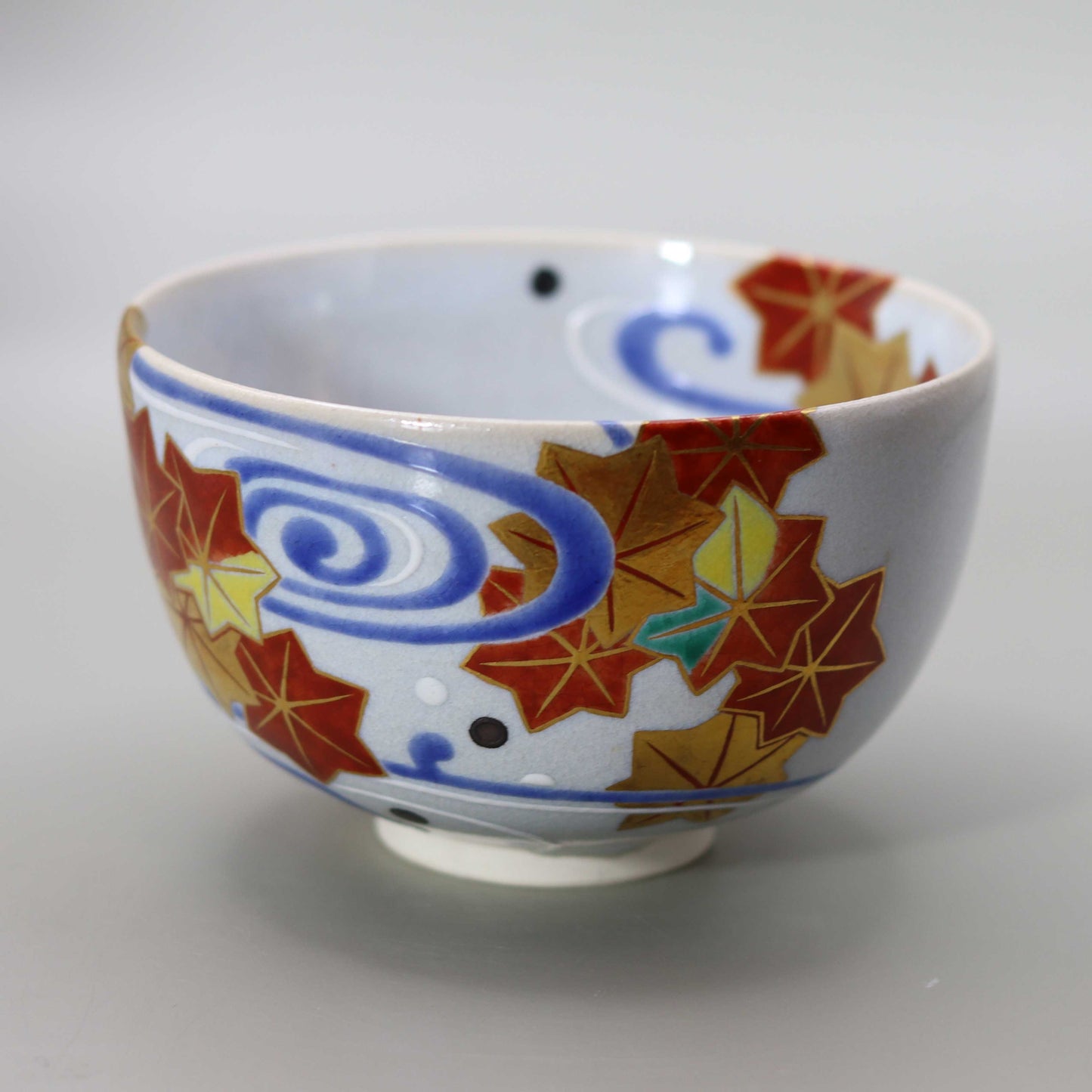
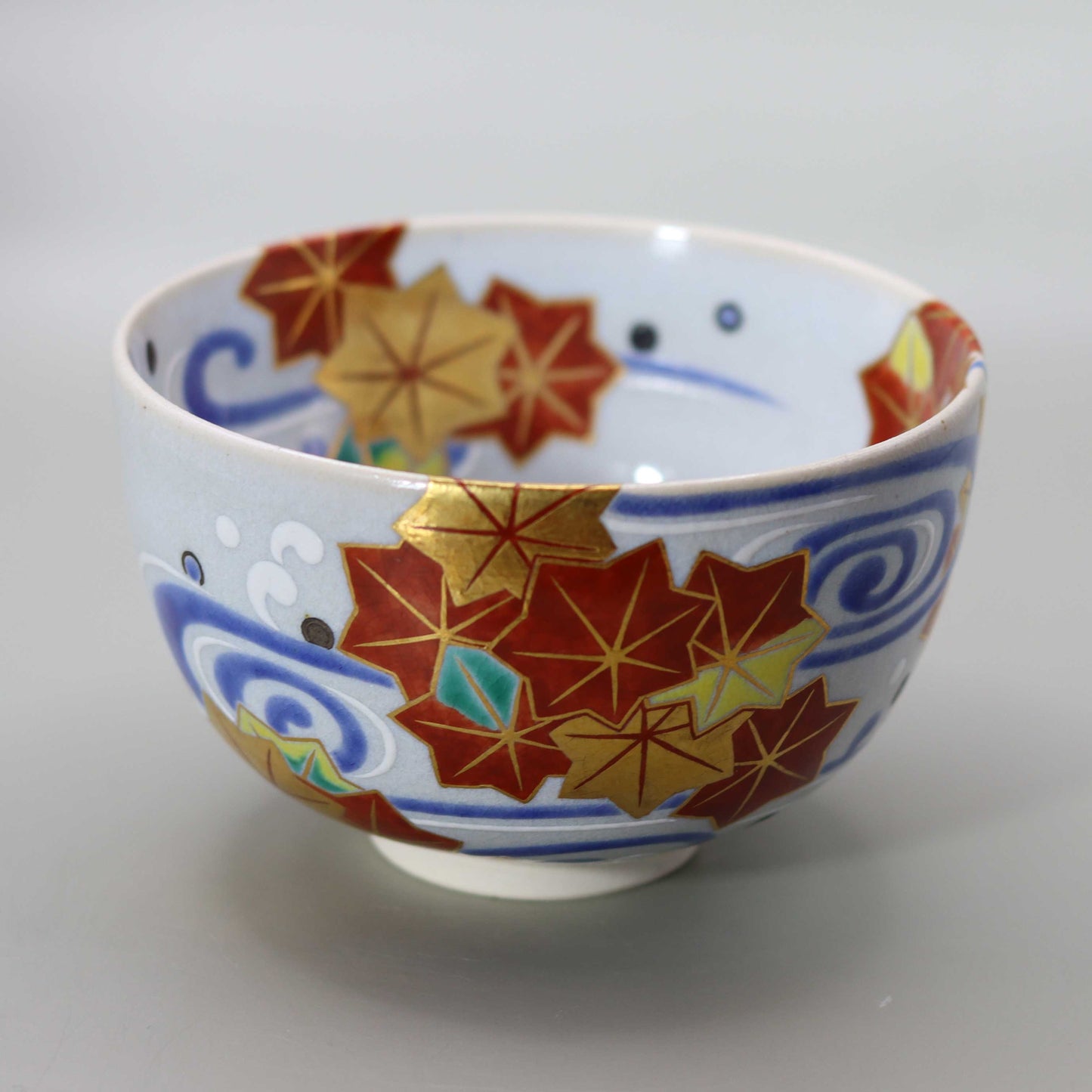
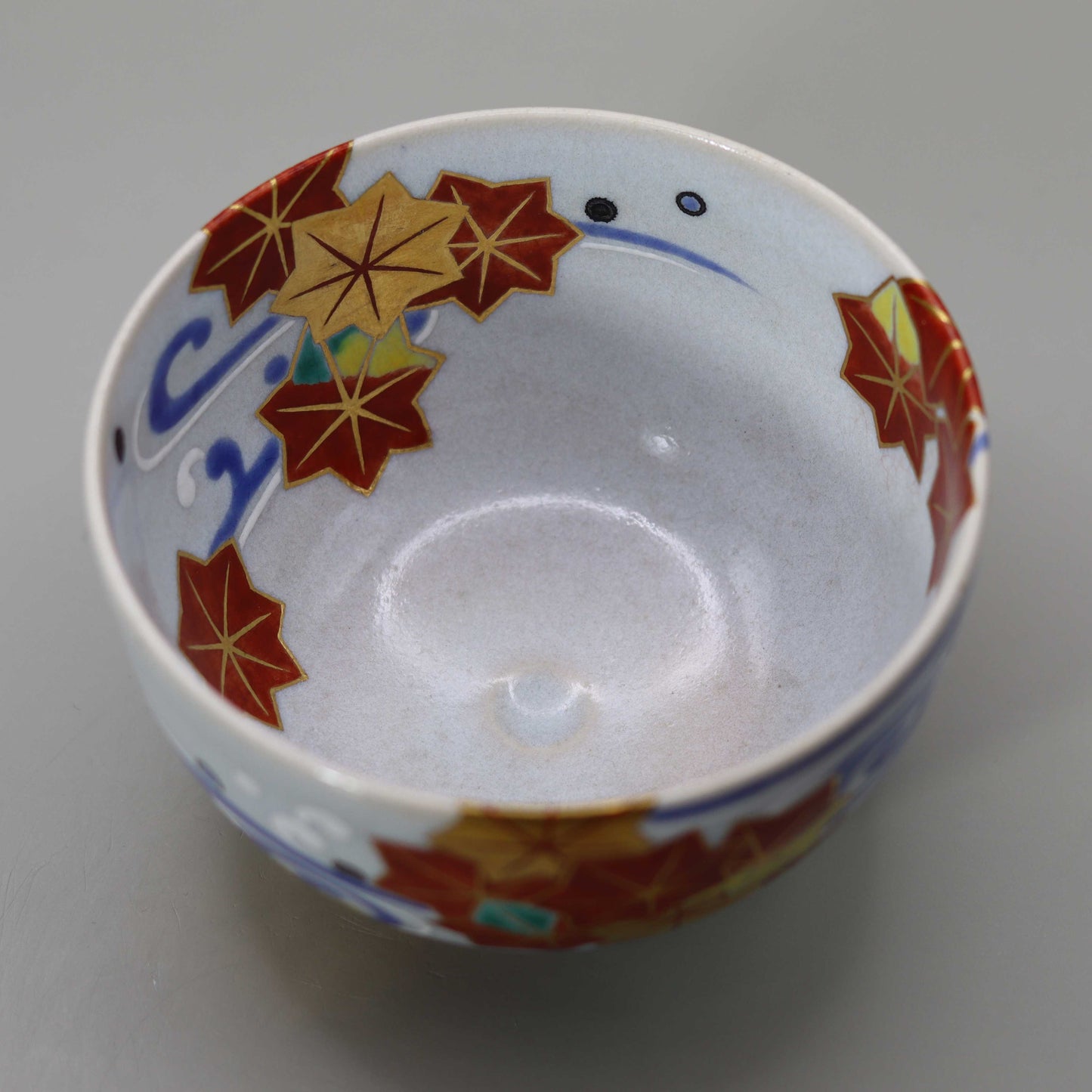
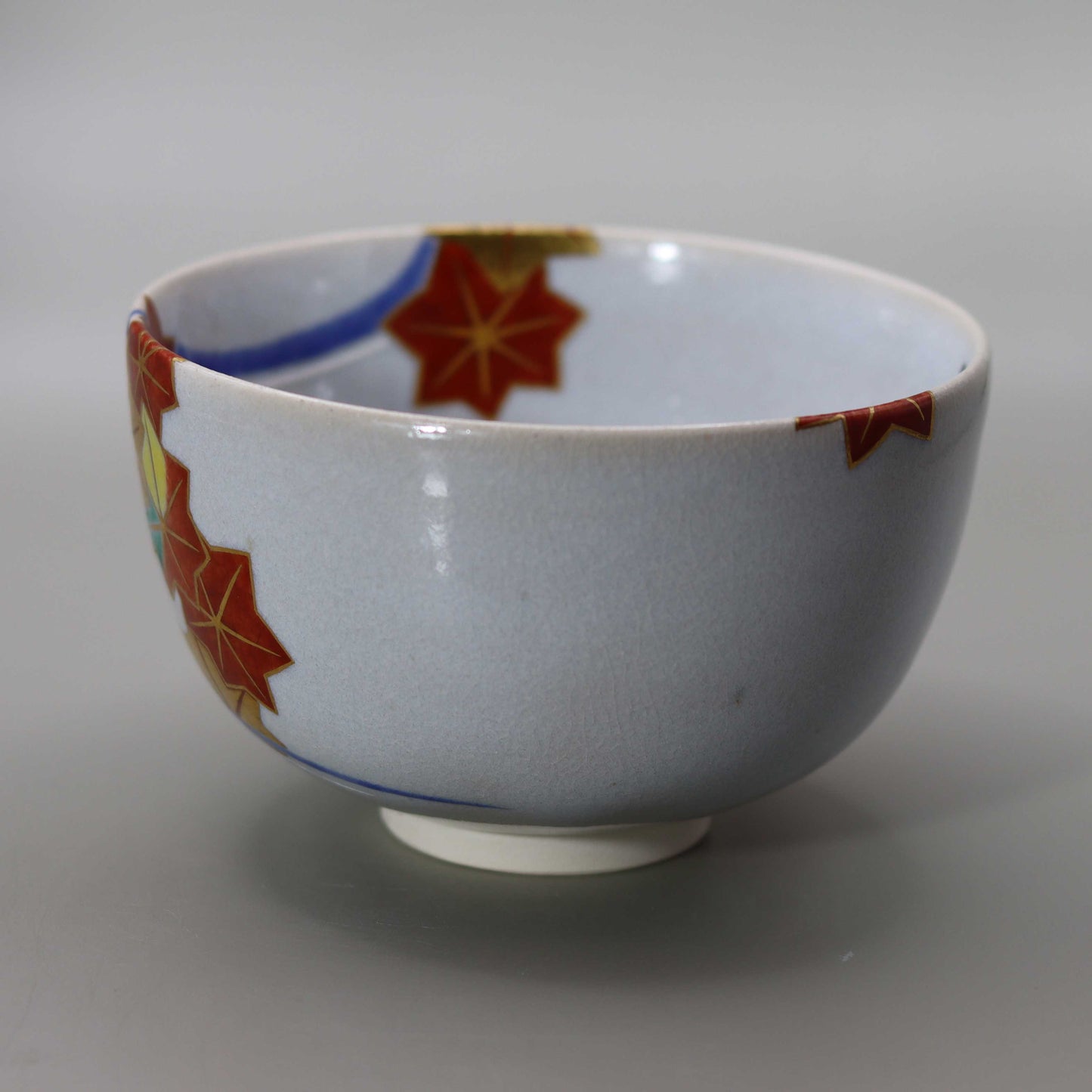
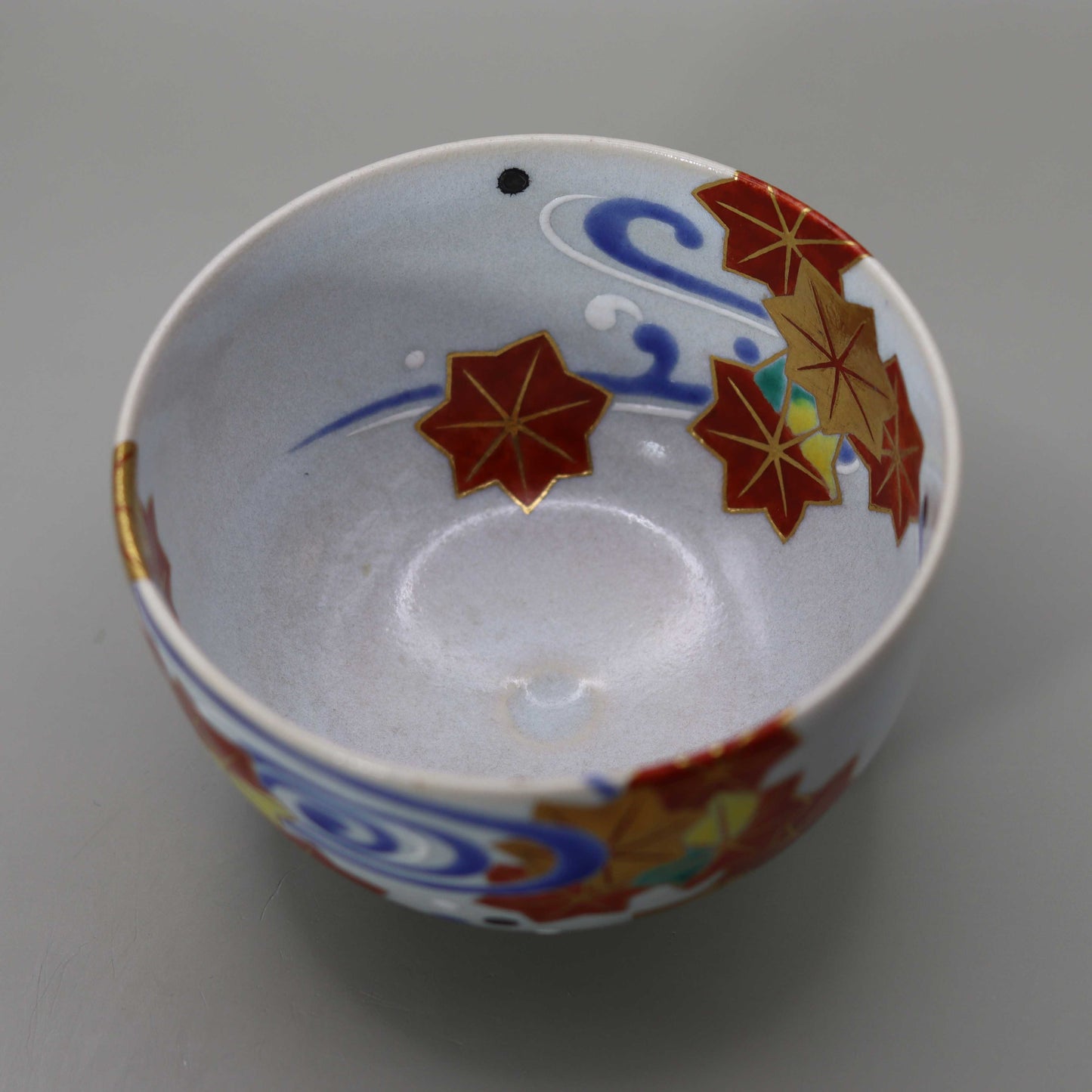
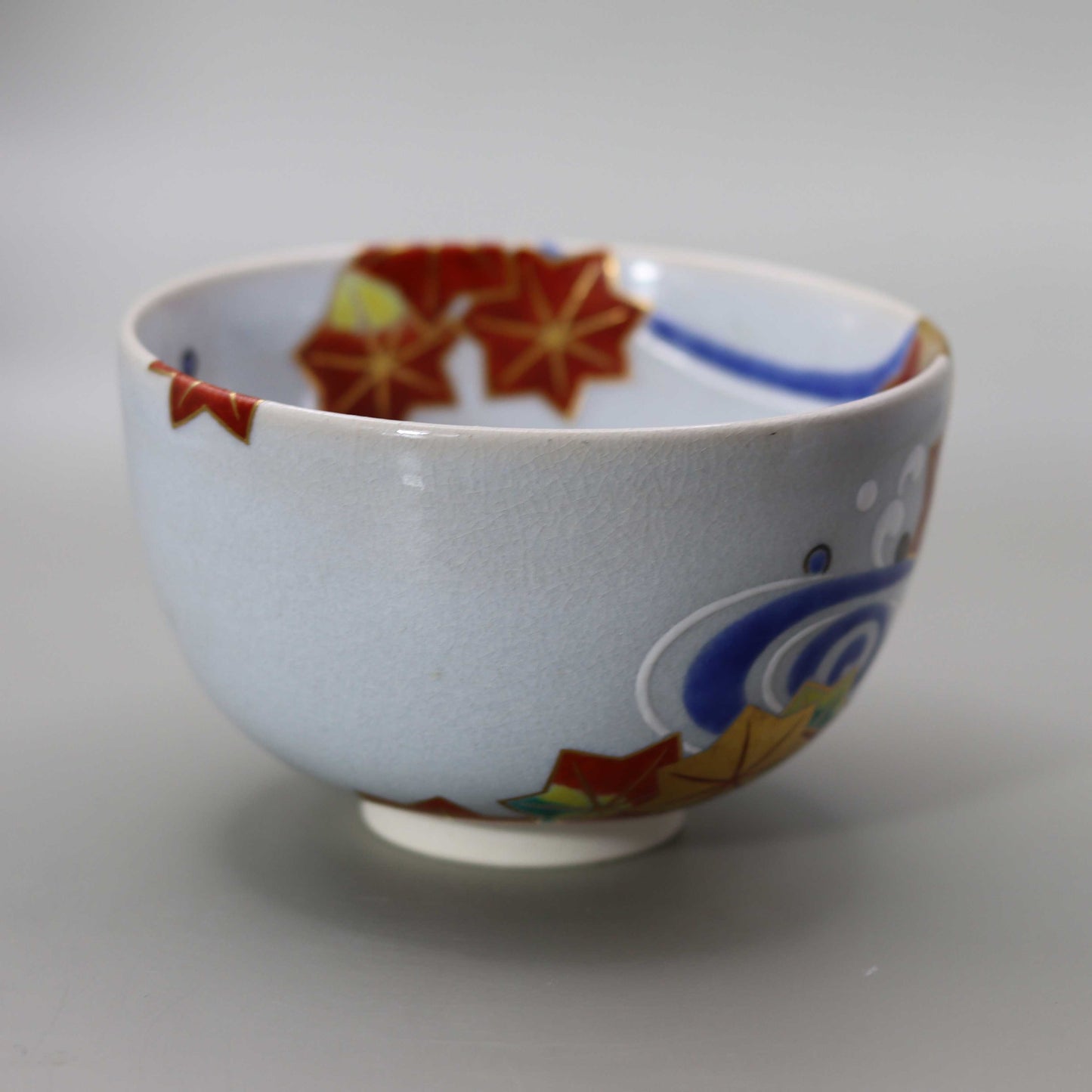
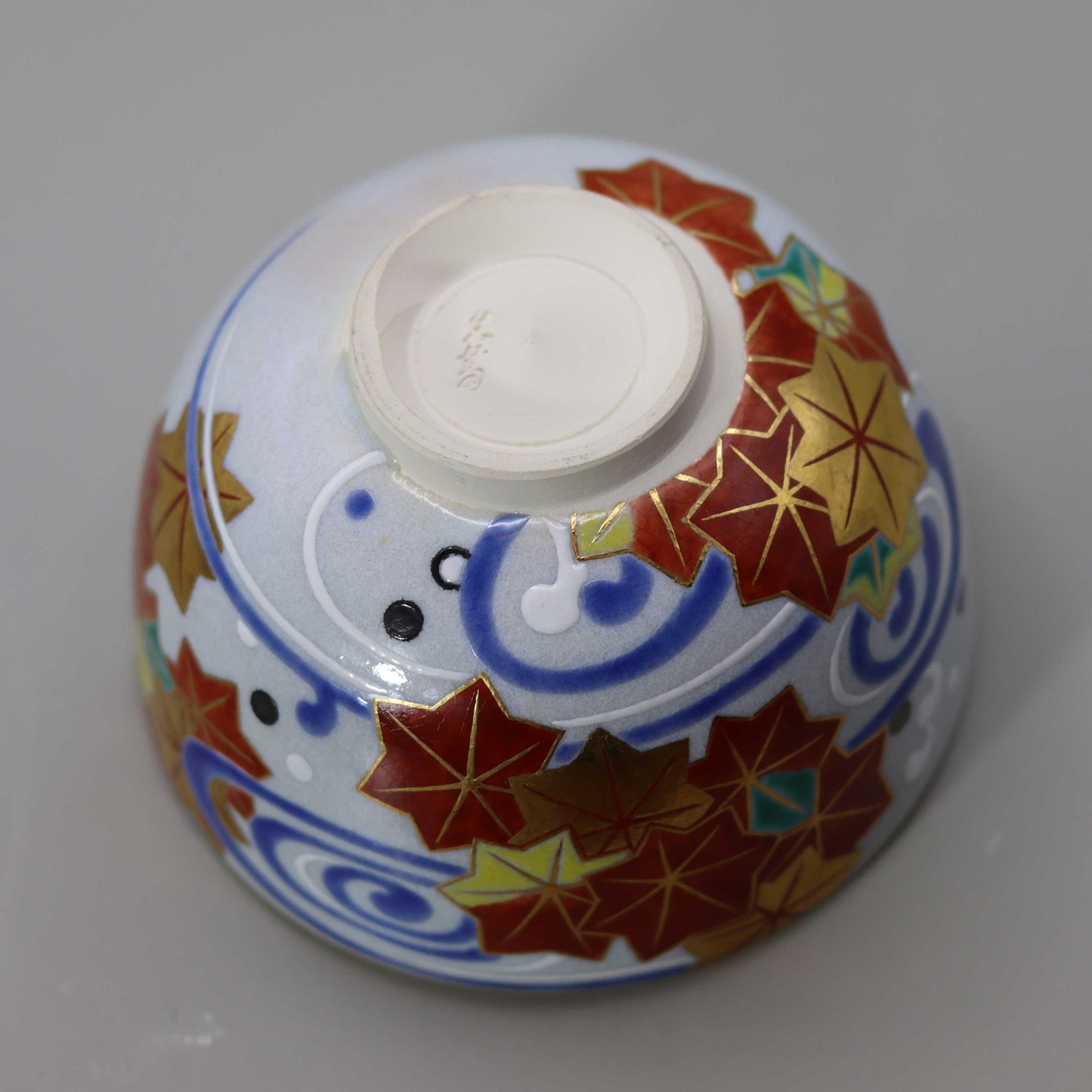
Multi-Column
-
[I will send it to you quickly and carefully]
We carefully package each product in a way that suits it best.
Also, delivery times vary depending on the piece (vessel, etc.).
Items that already come with a box will be shipped within 1-3 days of the order date.
For items that require a box to be made after your order, it will take approximately 30 days for production to be completed and then shipped.
In either case, once we have confirmed your order, we will contact you by email to inform you of the delivery date.
-
[Requests when purchasing pottery]
Even products that look the same may differ slightly in color, shape, size, etc.
The way the glaze is used, the power of the kiln, the firing method, the season, and the humidity also affect the appearance of the pottery.
Please understand the individuality of each piece of pottery and enjoy the unique warmth of handmade.







